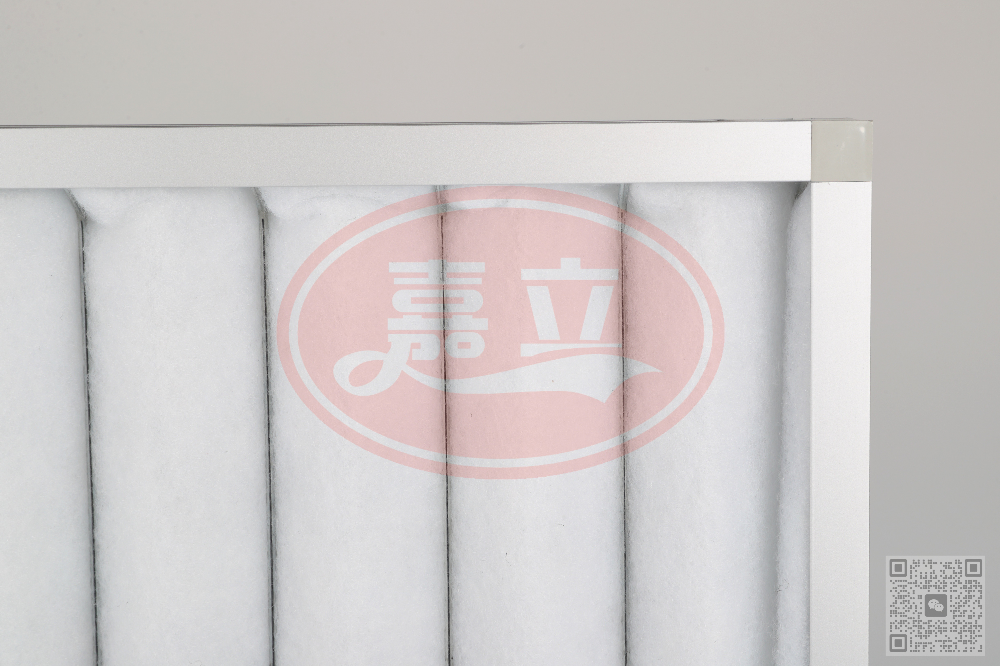中效過濾器英文
分類:專業(yè)問答 發(fā)布時(shí)間:2024-04-20 瀏覽量:326
Introduction
Central air conditioning is a popular and convenient way to cool your home or business. However, the quality of the air you breathe is often overlooked. Dust, dirt, and pollen can accumulate in your air ducts and circulate throughout your space, causing respiratory problems for those with allergies and asthma. This is where the central air conditioning’s middle filter, or medium efficiency filter, comes in.
What is a Medium Efficiency Filter?
A medium efficiency filter is designed to capture small particles such as pollen, mold spores, and pet dander that a less efficient filter would let through. These filters are capable of removing up to 85% of air pollutants, according to the National Air Filtration Association. The filter is made of pleated material that increases its surface area, allowing it to capture more particles. It is positioned between the large particles pre-filter and the high-efficiency filter in the air conditioning system.
Benefits of a Medium Efficiency Filter
1. Improved Indoor Air Quality: A paper published by the American Society of Heating, Refrigerating, and Air Conditioning Engineers (ASHRAE) highlights that good indoor air quality is a vital factor that affects the health and well-being of those occupying a particular space. A medium efficiency filter plays a significant role in removing airborne pollutants and allergens, which in turn, creates a clean and healthy indoor environment.
2. Enhanced Energy Efficiency: A medium efficiency filter ensures your air conditioning system runs more efficiently by trapping dirt and dust that would otherwise clog the evaporator coil. A clogged evaporator coil reduces the efficiency of the system, leading to higher energy consumption.

3. Cost Savings: By investing in a medium efficiency filter, you reduce the need for frequent maintenance, saving you money in the long run. Regular replacements and maintenance of the air conditioning system can be expensive, but a medium efficiency filter significantly reduces the need for this, leading to considerable savings.
Types of Medium Efficiency Filters
There are different grades of medium efficiency filters. The minimum efficiency reporting value (MERV) is used as a standard measurement for determining the efficiency of a filter. A higher MERV rating means the filter can capture smaller particles.
1. MERV 8: This is a popular filter with a standard rating for residential and commercial applications. It can capture dust mites, mold, and pet dander.
2. MERV 11: This filter can remove finer particles like pollen and dust while also reducing mold and pet dander.
3. MERV 13: Filters in this range can trap smaller particles like smoke and bacteria, making them suitable for hospitals and other healthcare facilities where air quality is critical.
Conclusion
A medium efficiency filter is an essential component of any central air conditioning system. It improves air quality, enhances energy efficiency, and reduces maintenance costs. For optimal results, it's essential to choose the right filter with the appropriate MERV rating. Investing in a medium efficiency filter is an investment in your health, well-being, and overall comfort.




